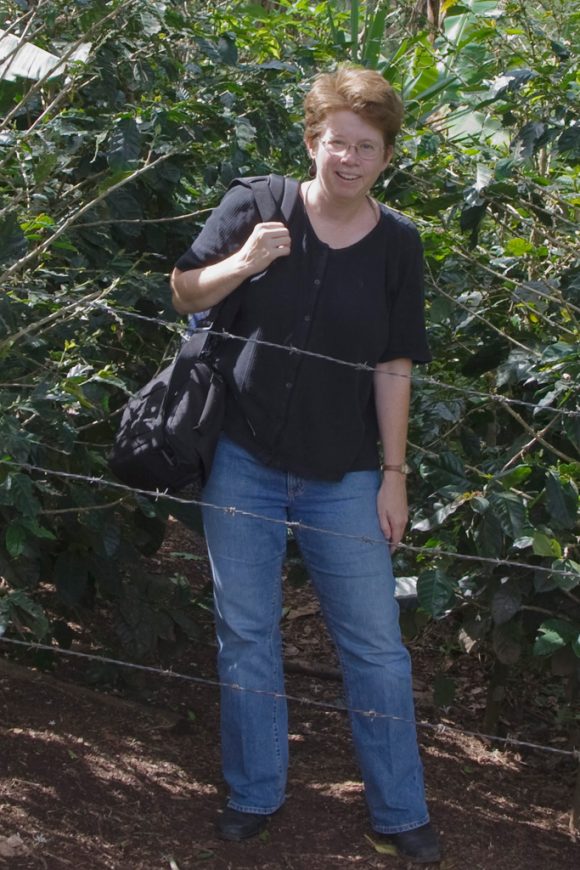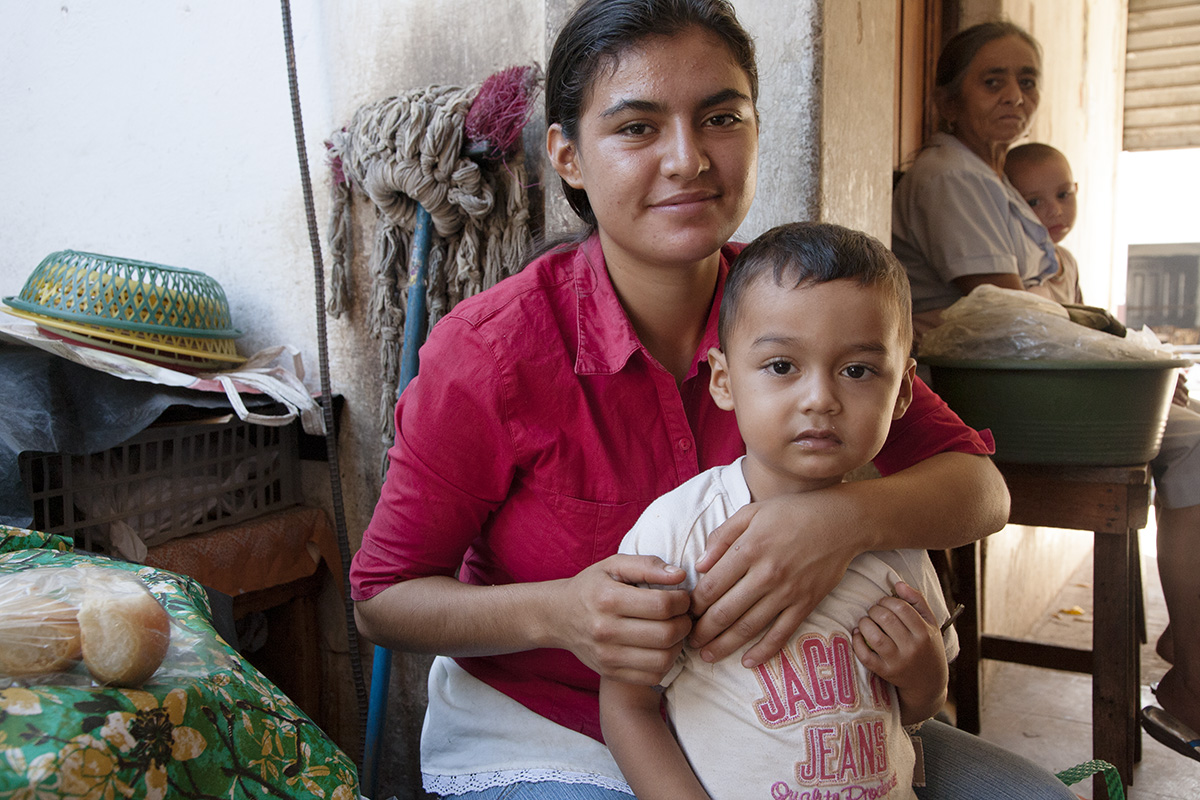To help people glimpse the desperation driving Central Americans to flee their homelands and cross the U.S. border illegally, Chapman University Professor Lynn Horton recalls the story of one woman, a destroyed squash harvest and a $50 microloan.
Horton knew something was wrong when she approached a single mother’s mountain village home one morning. No cooking fire meant no breakfast, something unusual in even the poorest homes. But on this morning, hunger wasn’t the only crisis. During the night the woman’s ex-husband had surreptitiously destroyed her harvest-ready squash crop, supported with a $50 microloan. The police did not have enough fuel in their gas tanks to launch a pursuit. In tears, she despaired of feeding her children, repaying the loan or ever making a new start.
Why They Flee Central America

“That kind of precarious situation is just one of many,” Horton says. “They are living on the edge.”
Such families are among the thousands arriving at the border in recent months, mostly from Honduras, El Salvador and Guatemala, says Horton, a Chapman professor of sociology and author of “Peasants in Arms: War and Peace in the Mountains of Nicaragua” and “Grassroots Struggles for Sustainability in Central America.” In addition, she directs Chapman’s International Studies Program.
The sociologist spent most of a decade working in Central America studying the outcomes of microloan programs. She says poverty is not the only factor that drives families to flee their homelands.
Other countries in the region also suffer from poverty. However, authoritarian governments, civil wars, street violence and internal conflict doubly plague the countries of Honduras, El Salvador and Guatemala – called the Northern Triangle.
Parents are willing to take the risks of illegal migration because they are frantic to save daughters from sexual violence and sons from conscription into street gangs. Most doubt that the US Department of Justice will approve their asylum claims, Horton says.
“I can speak from firsthand experience. Most of these families would rather stay where they are. A lot of times, immigration means tremendous suffering because not everyone can go; you leave your home and your community,” she says. “The vast majority of them want to live their lives following the rules, but there aren’t legal ways for them to migrate.”
Roots of the Central America Crisis
This particular crisis began in Central America a few years ago under the Obama administration and picked up momentum in recent months under the Trump administration’s “zero tolerance” policy and the recently abated family separations, she says.
But deeper roots go back to the 1980s, she says. Many of the street gangs terrorizing the people of Honduras, El Salvador and Guatemala are the descendants of an earlier wave of migrants who came to the U.S., became assimilated into gang life, and then were deported back to their home countries, which in their post-civil war conditions were ill equipped to manage organized crime, she says.
El Salvador is particularly beset by gangs, she says.
“Often the involvement of Salvadorans in street crime is overstated. The mass majority of Salvadorans are living their lives peacefully,” she says. “They are targeted by the gangs.”





Add comment